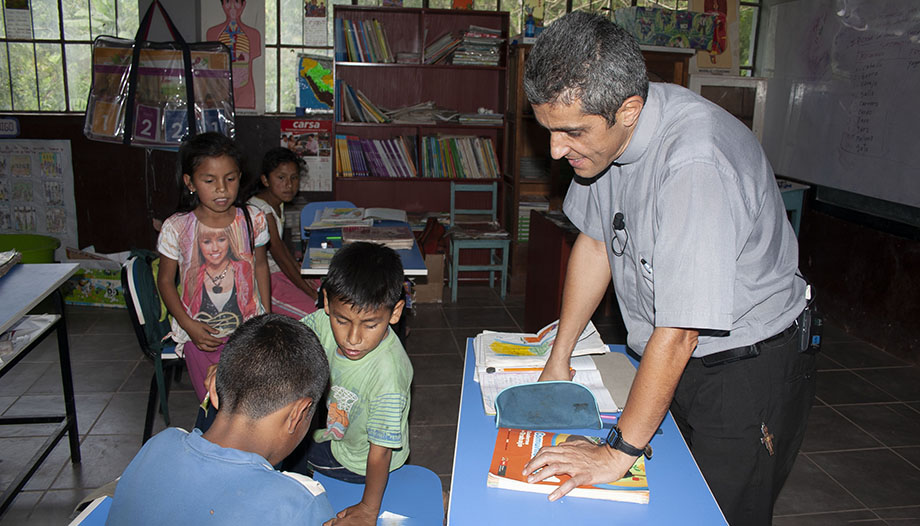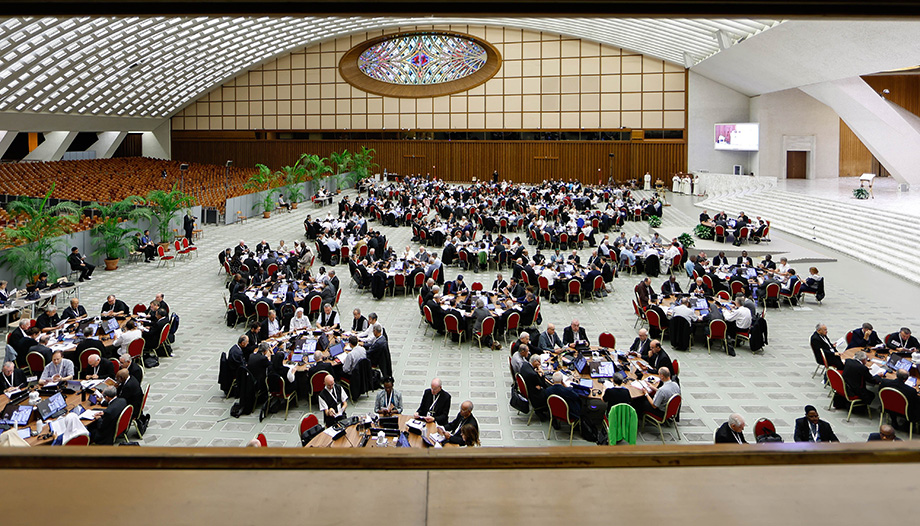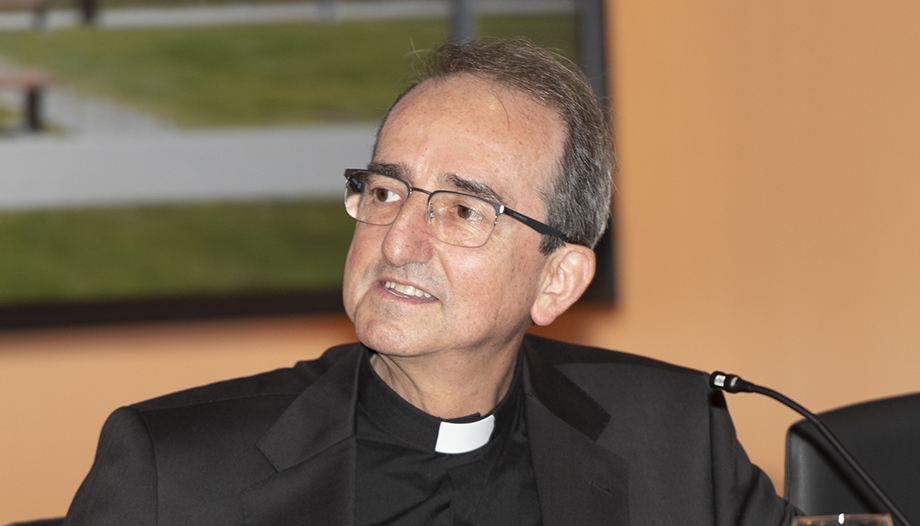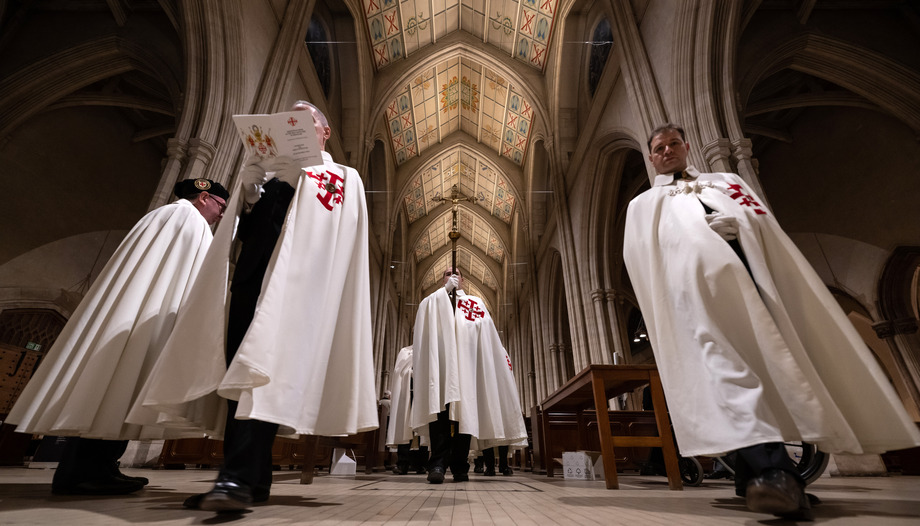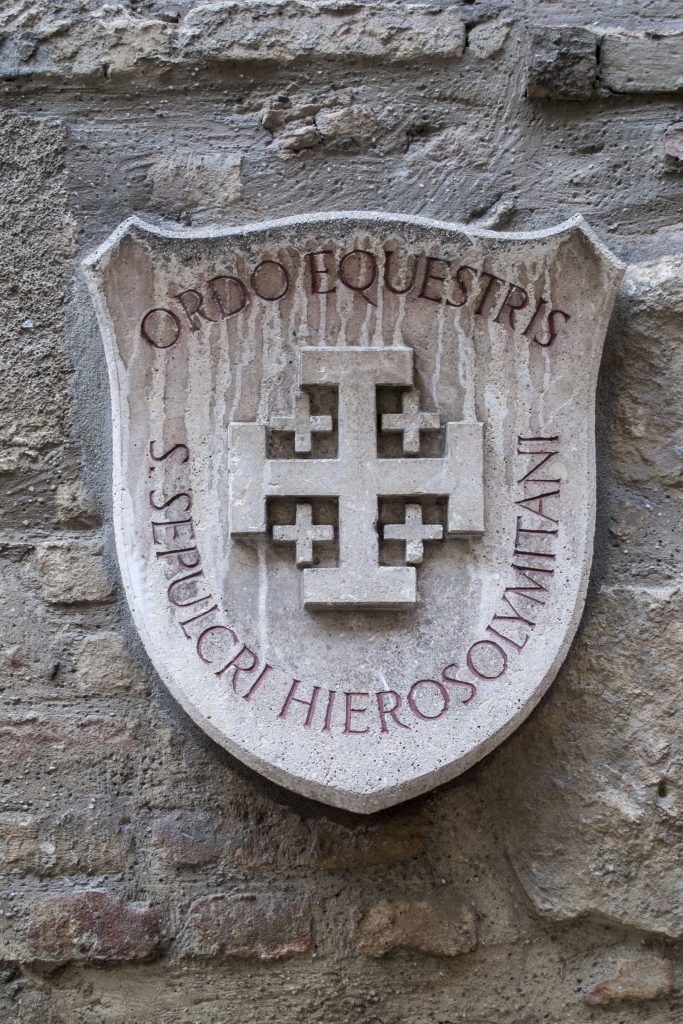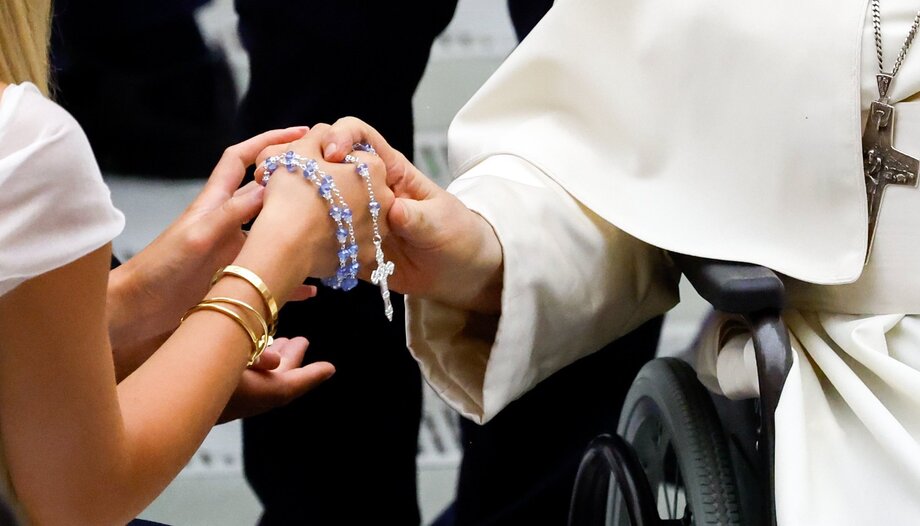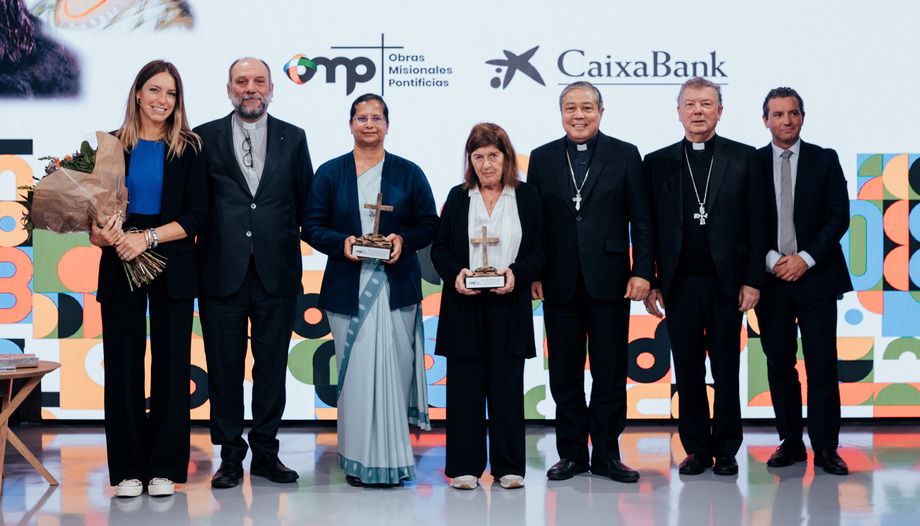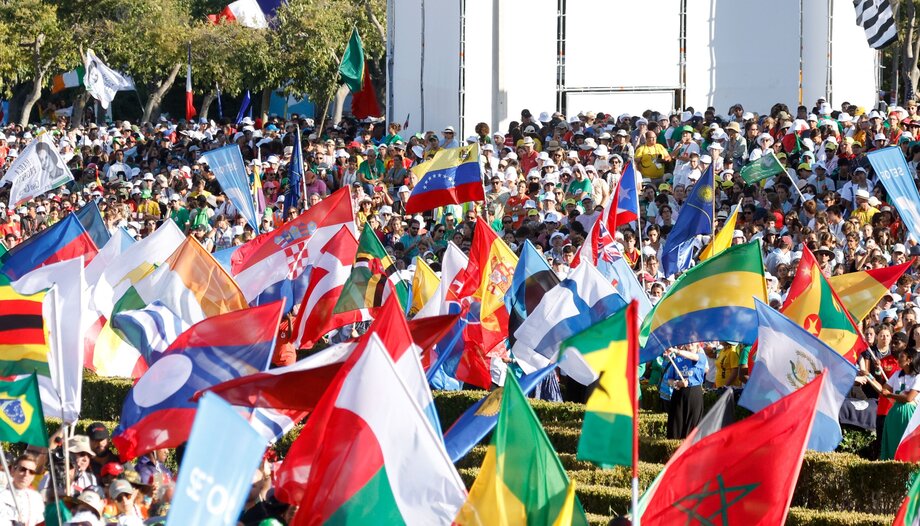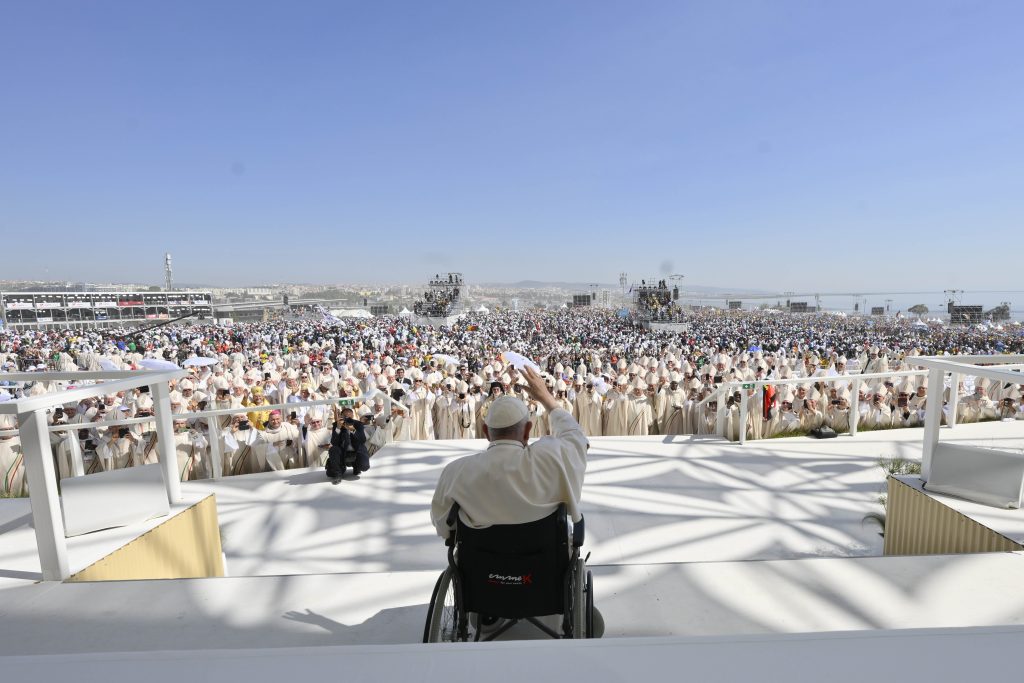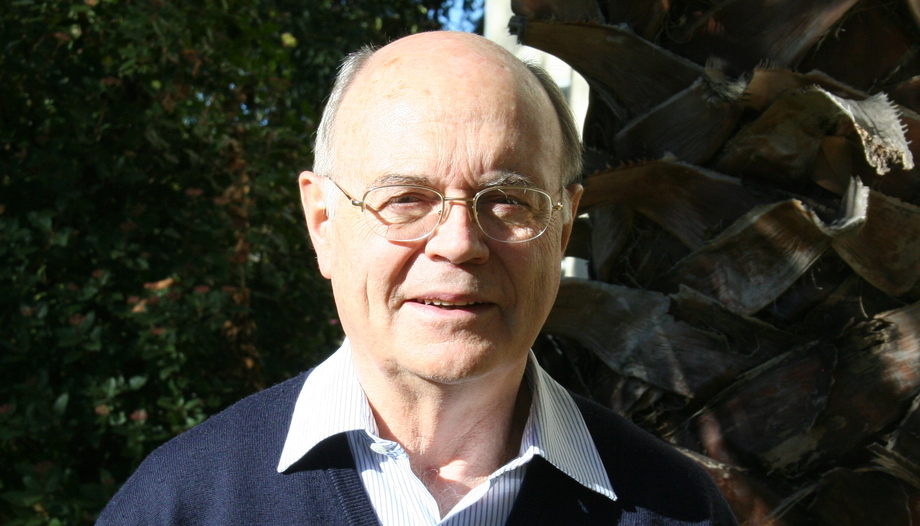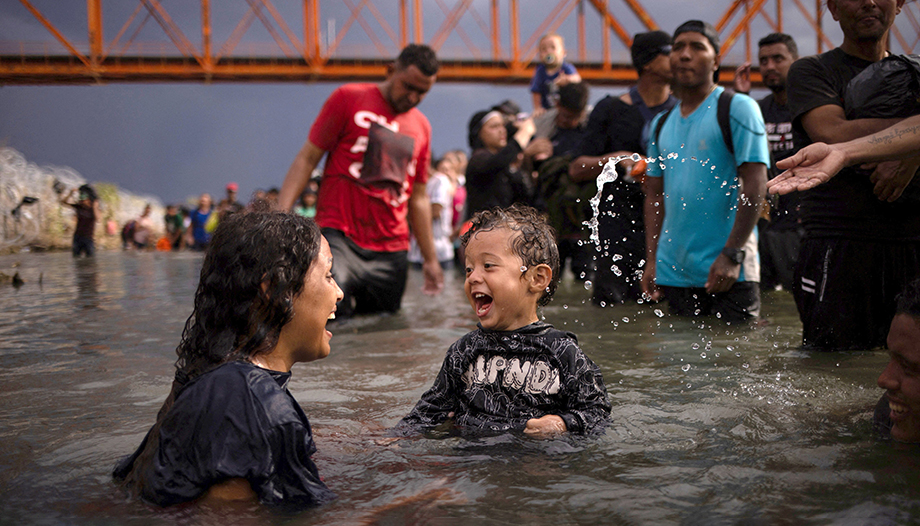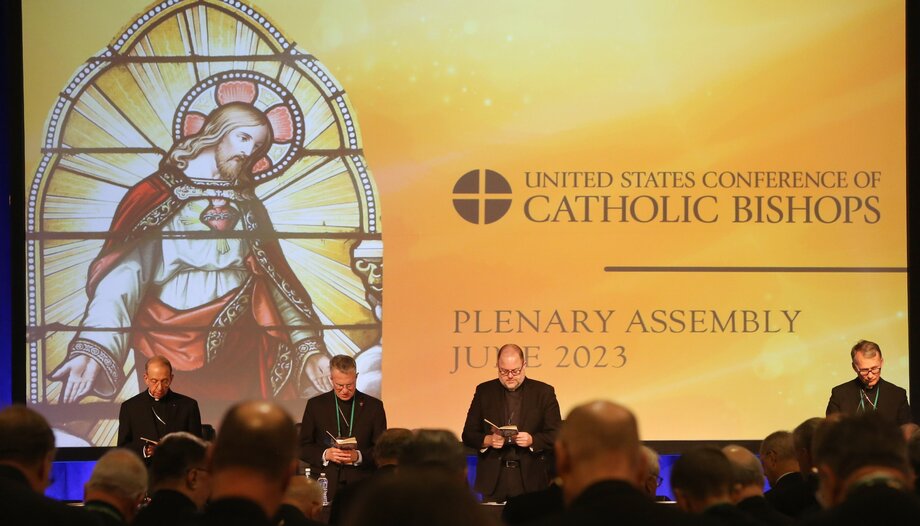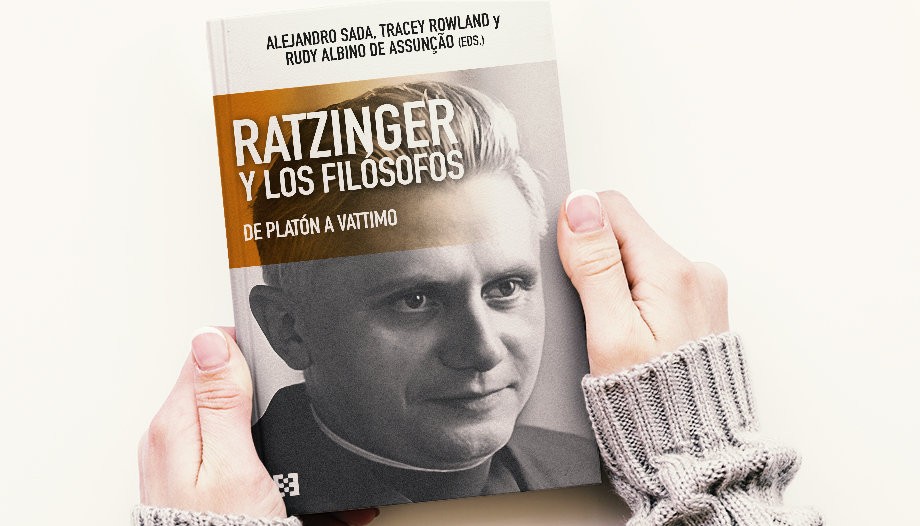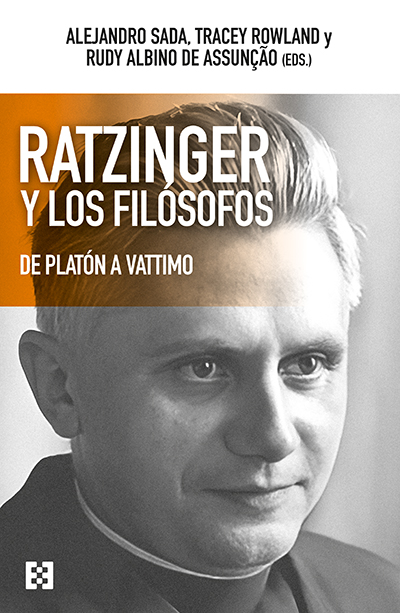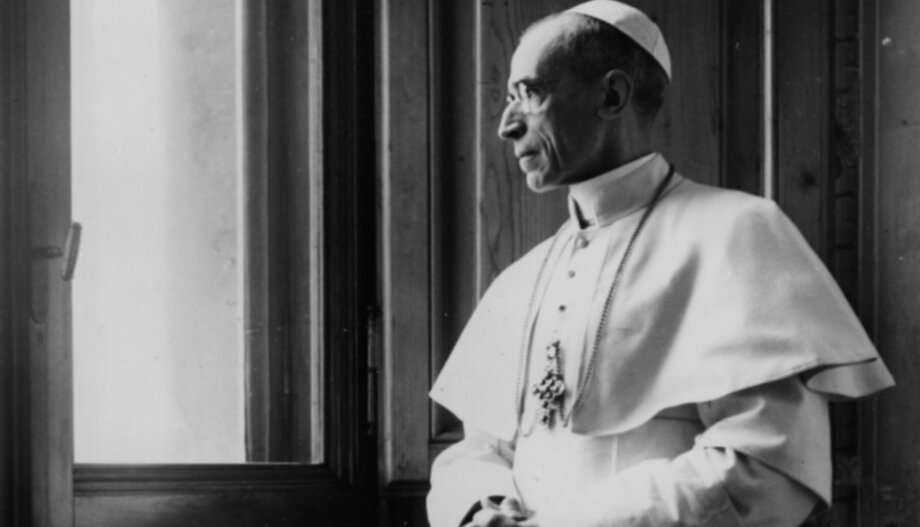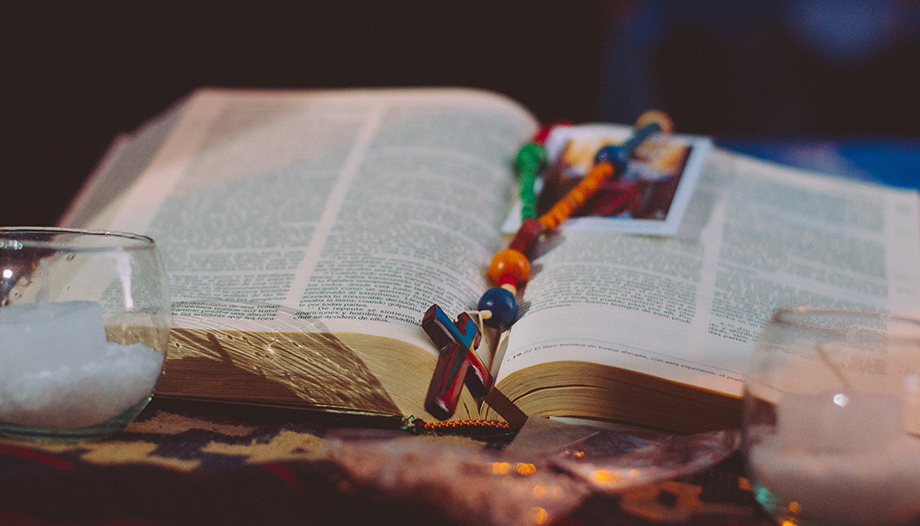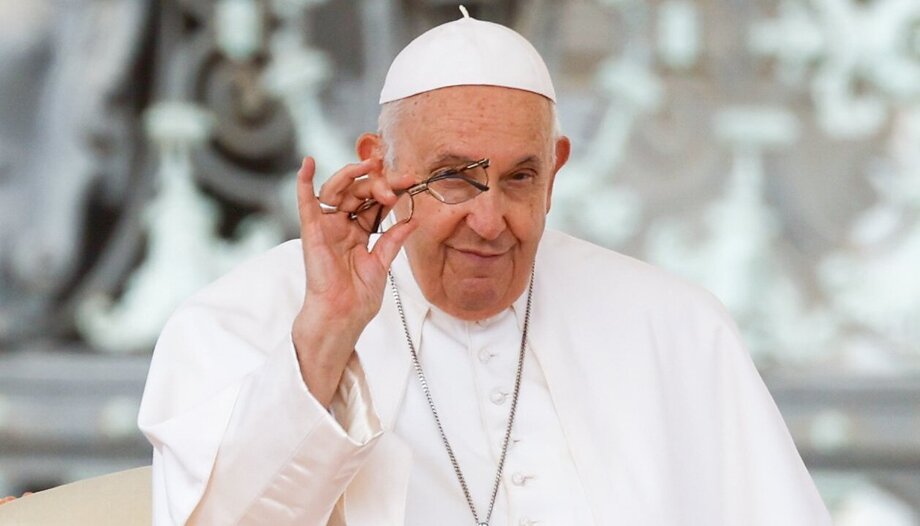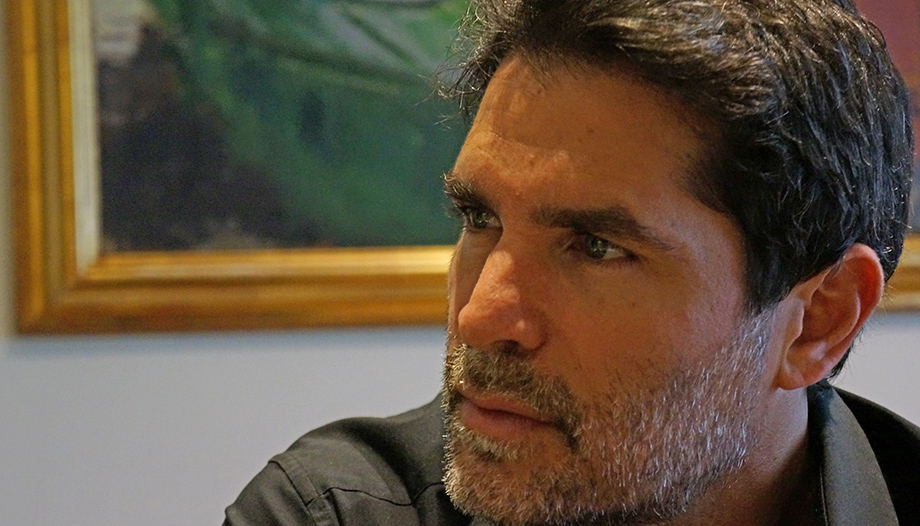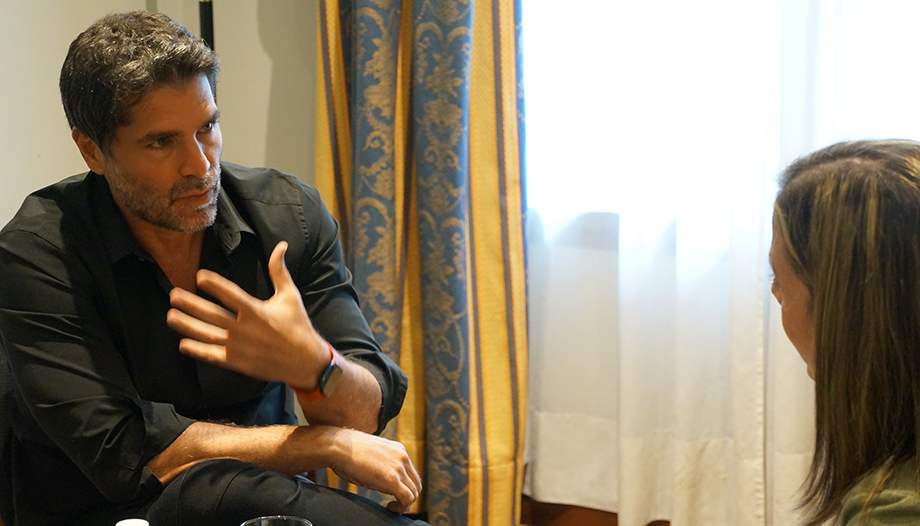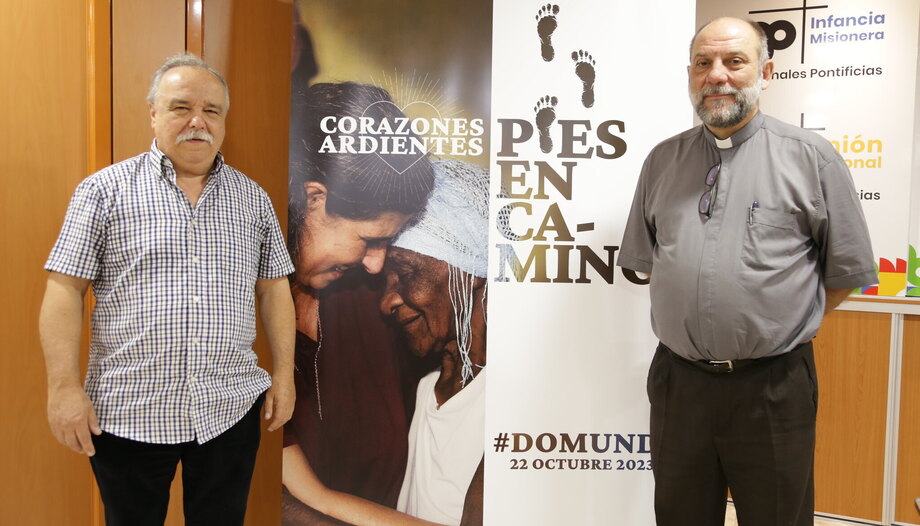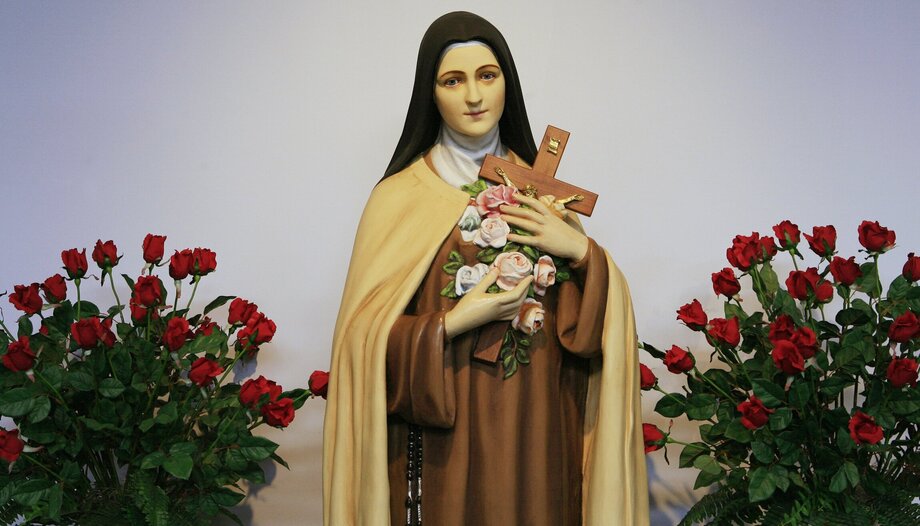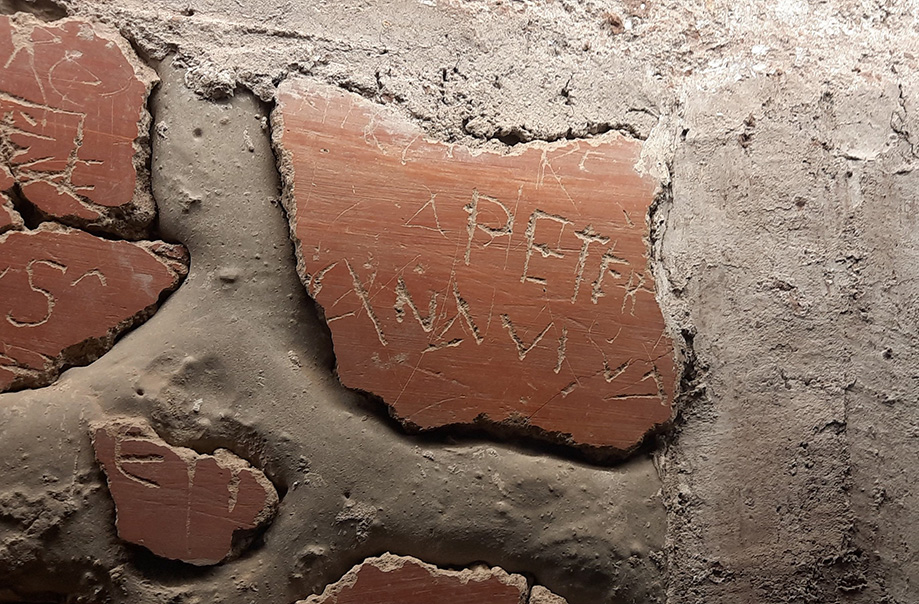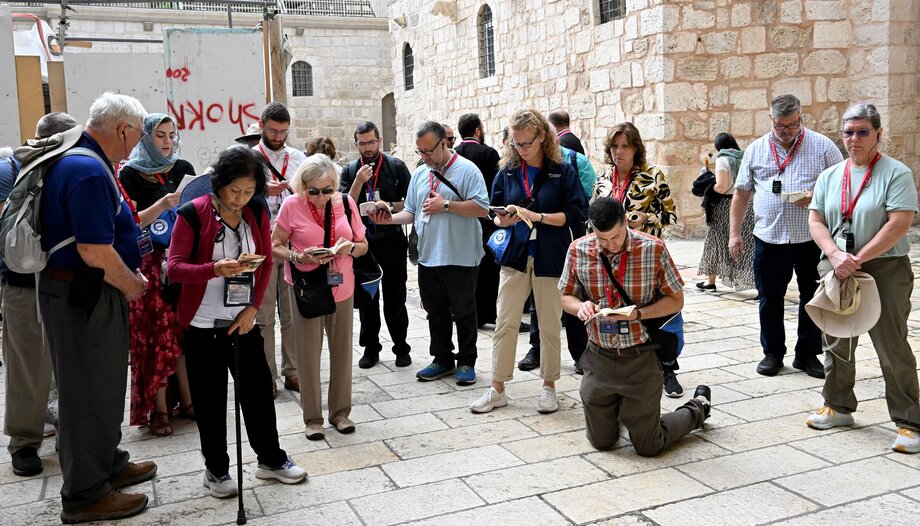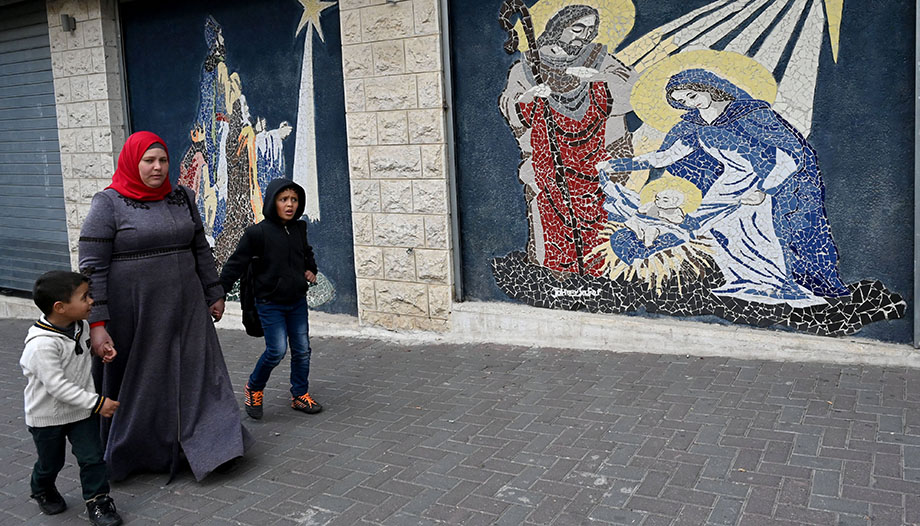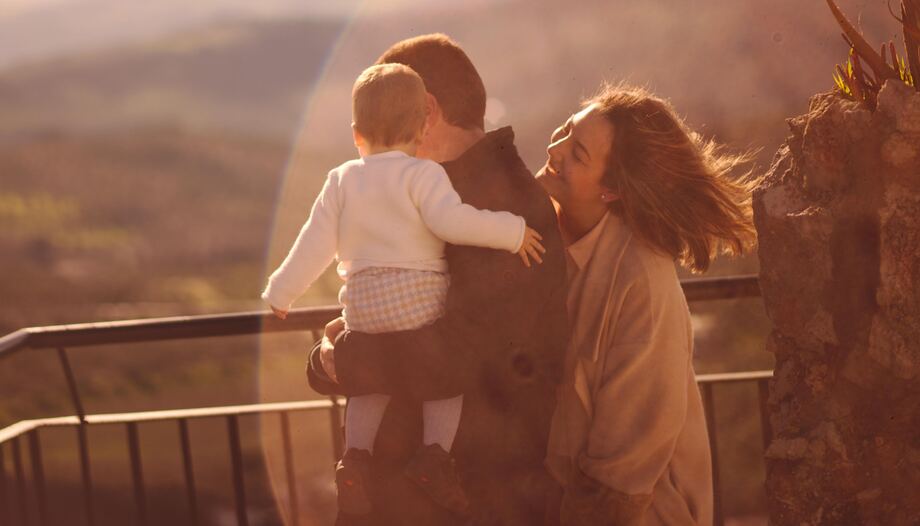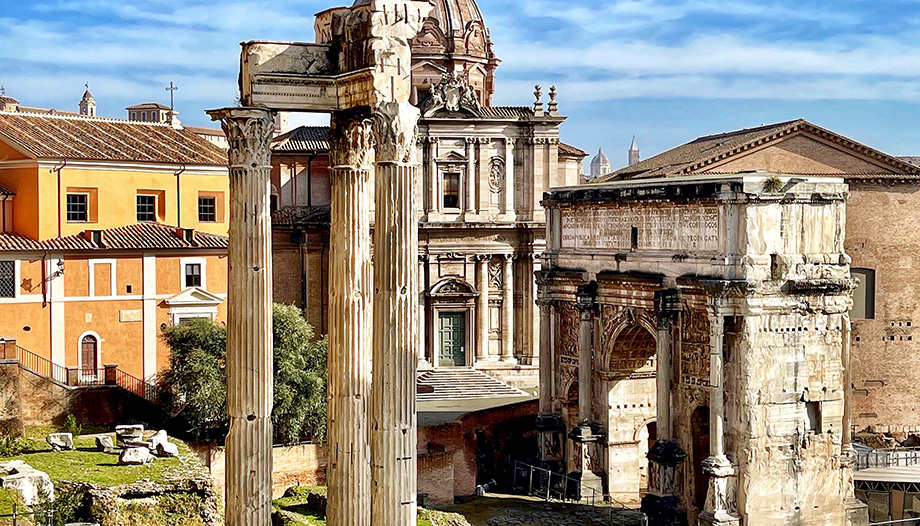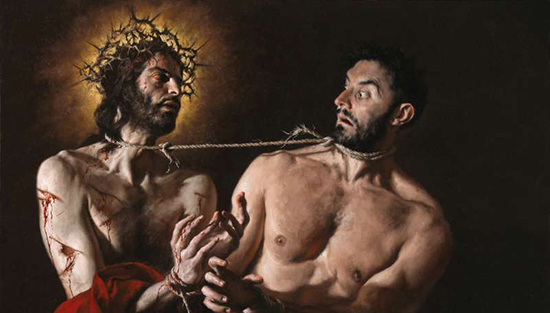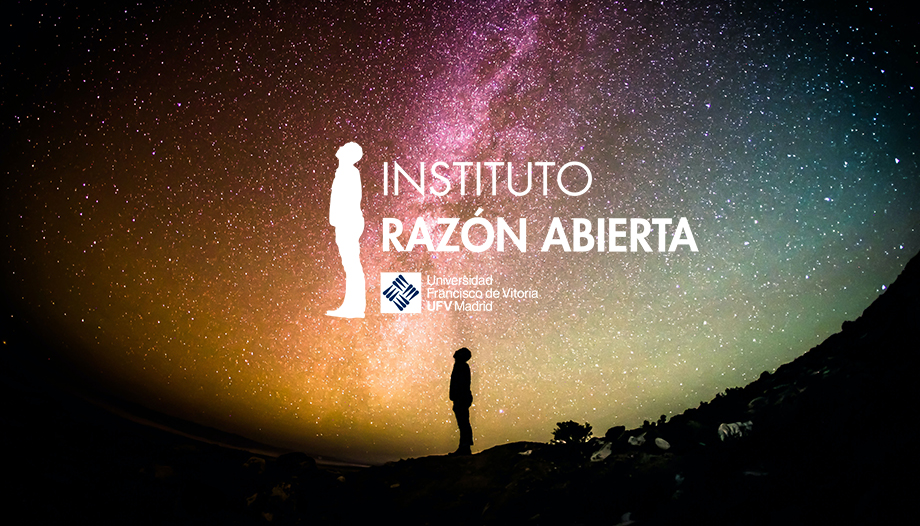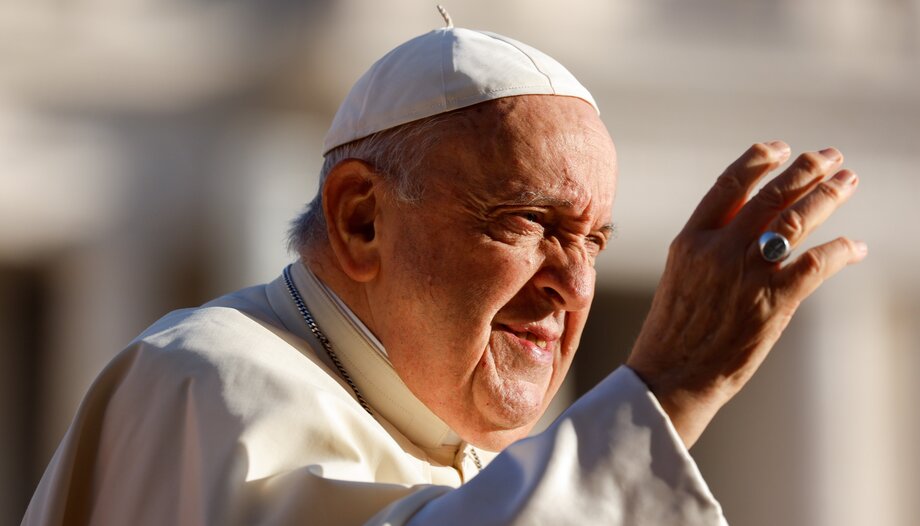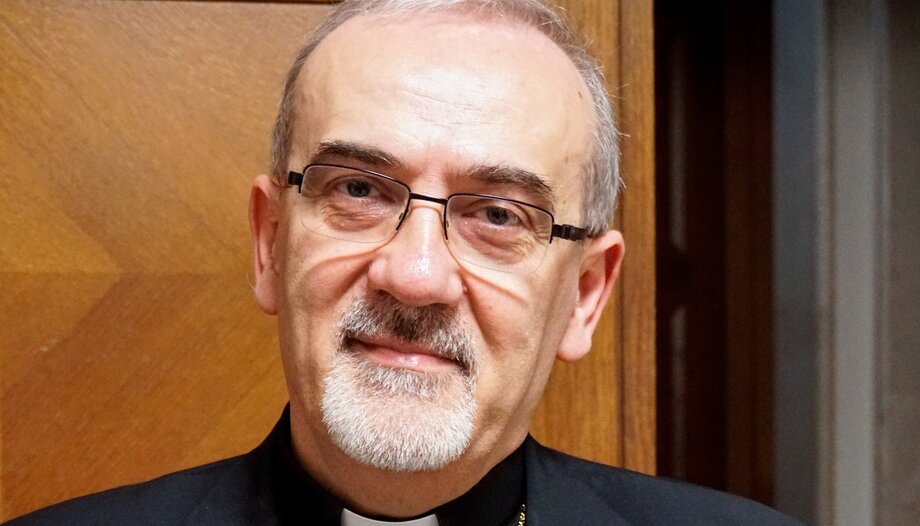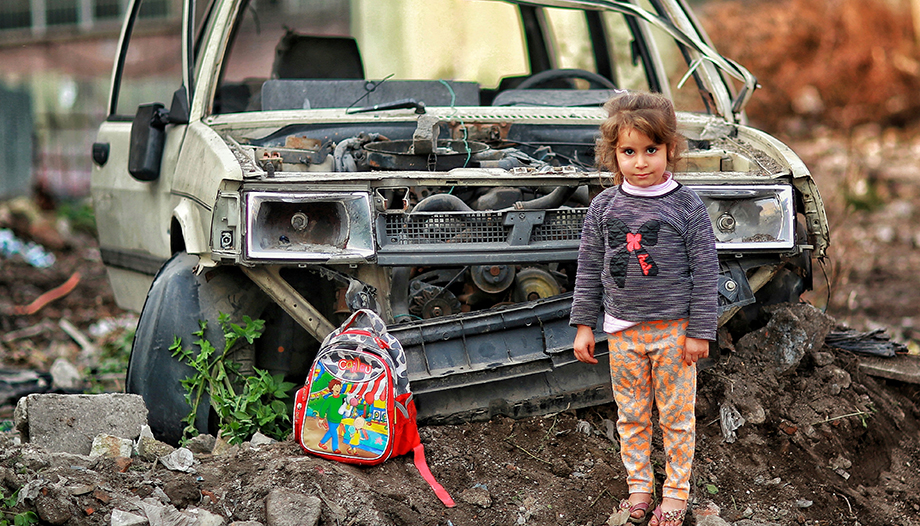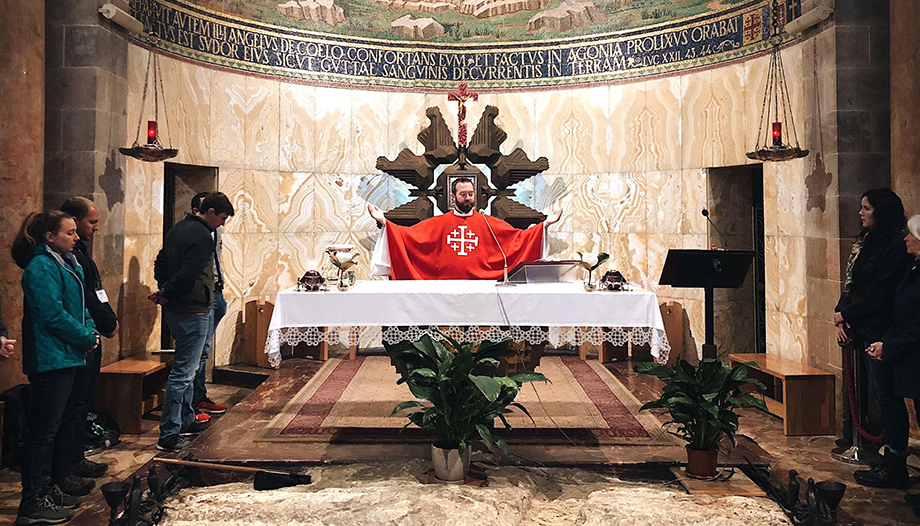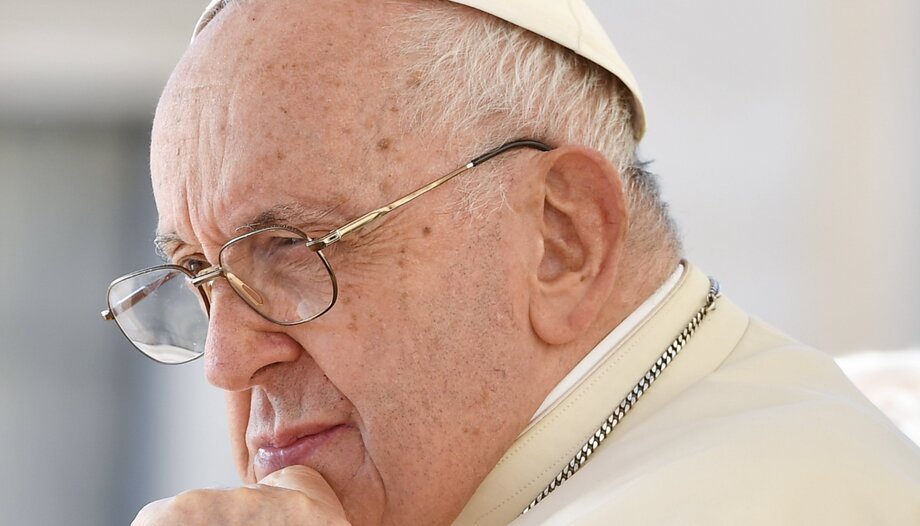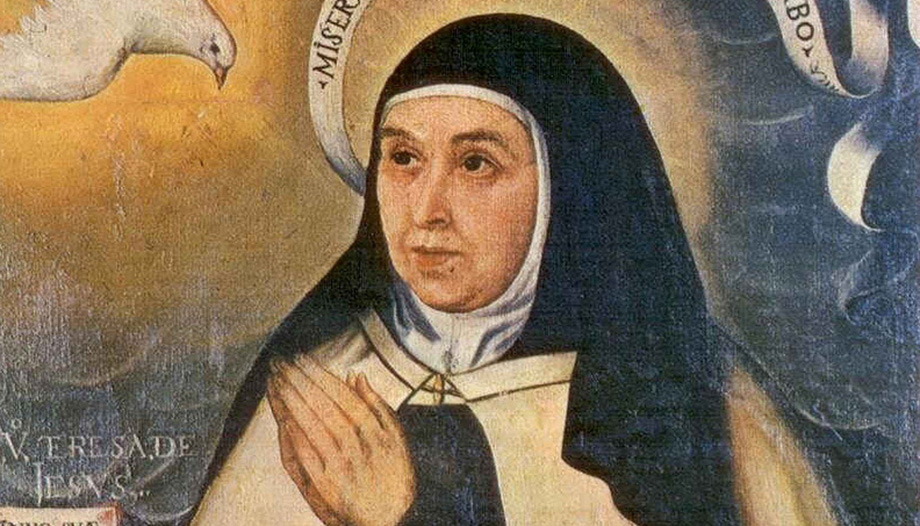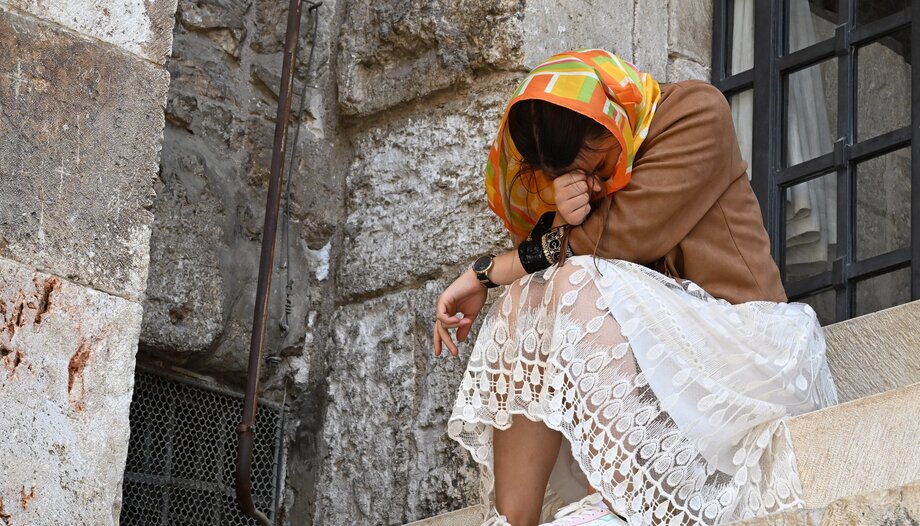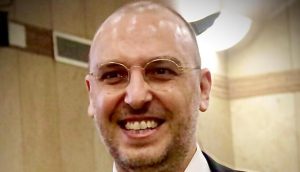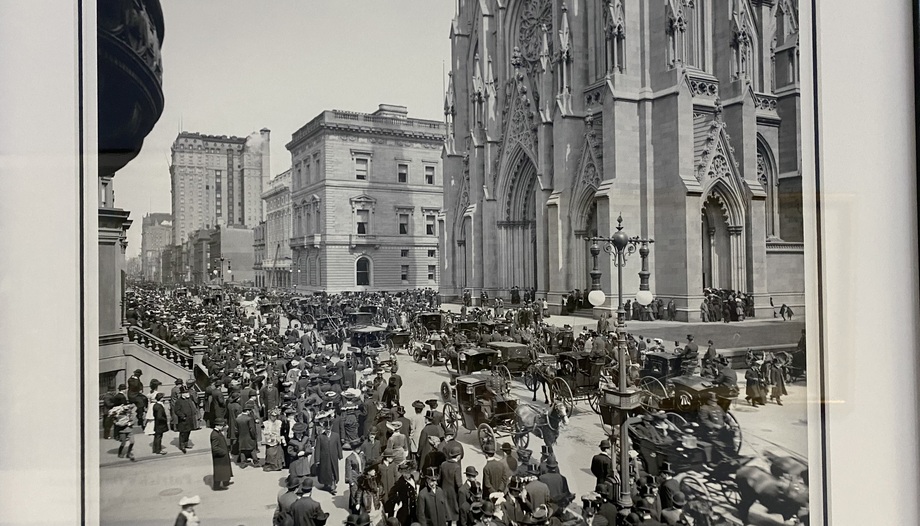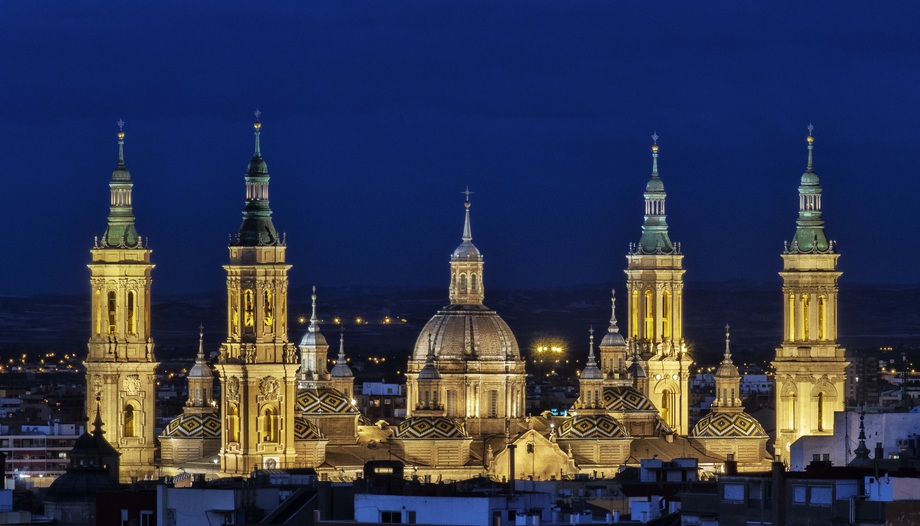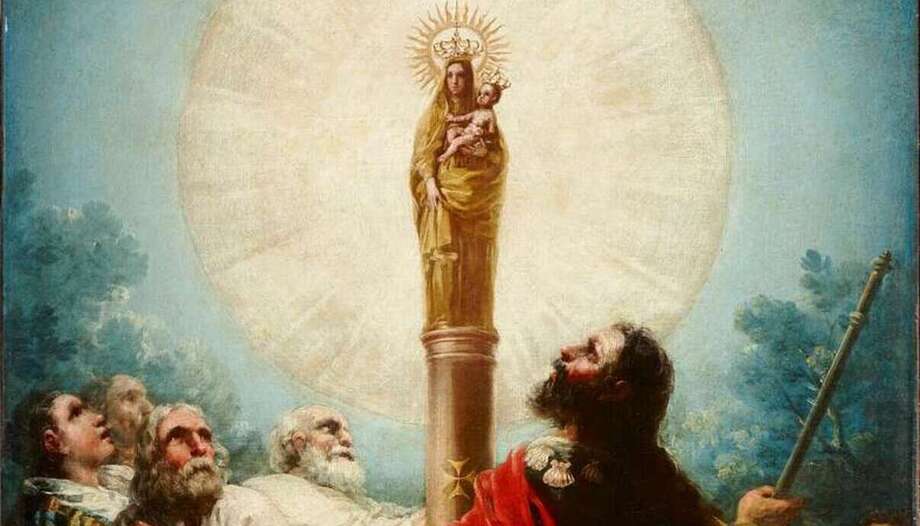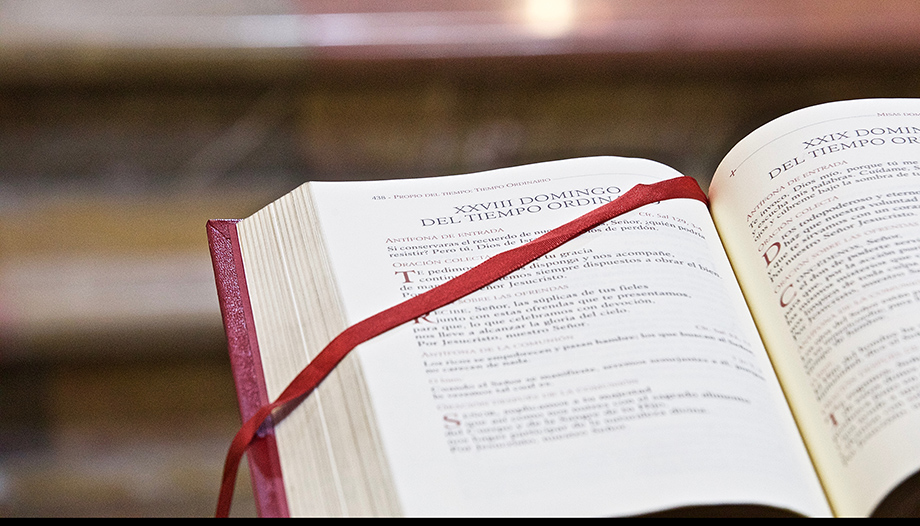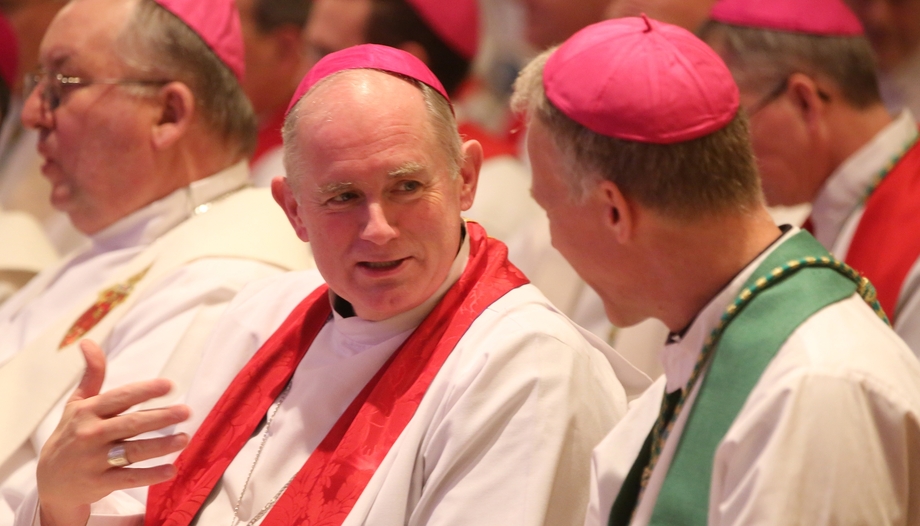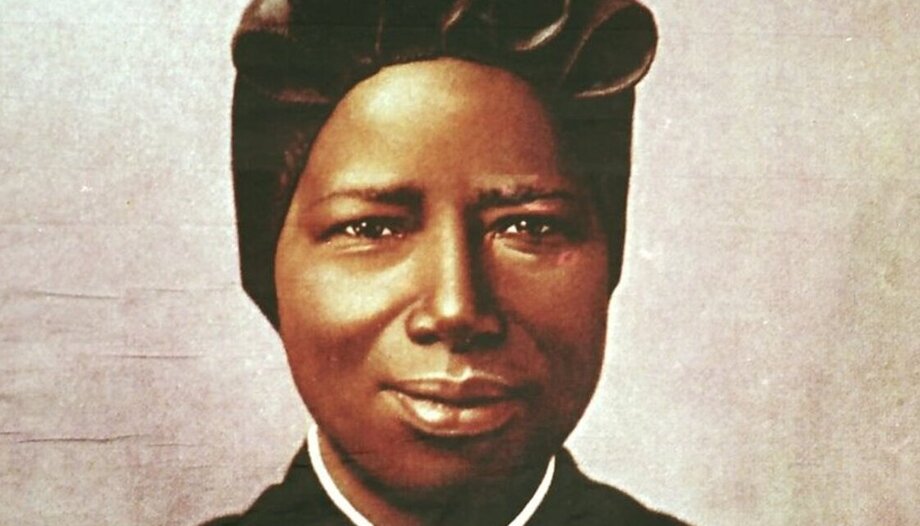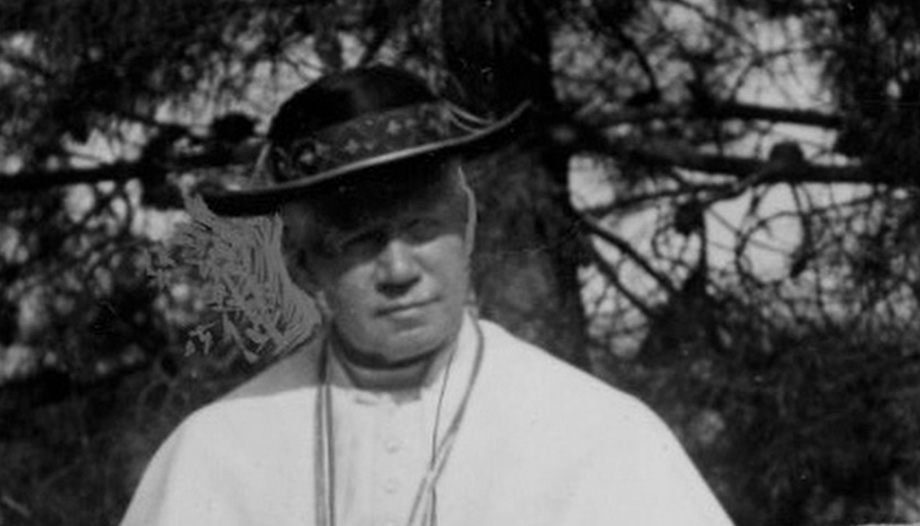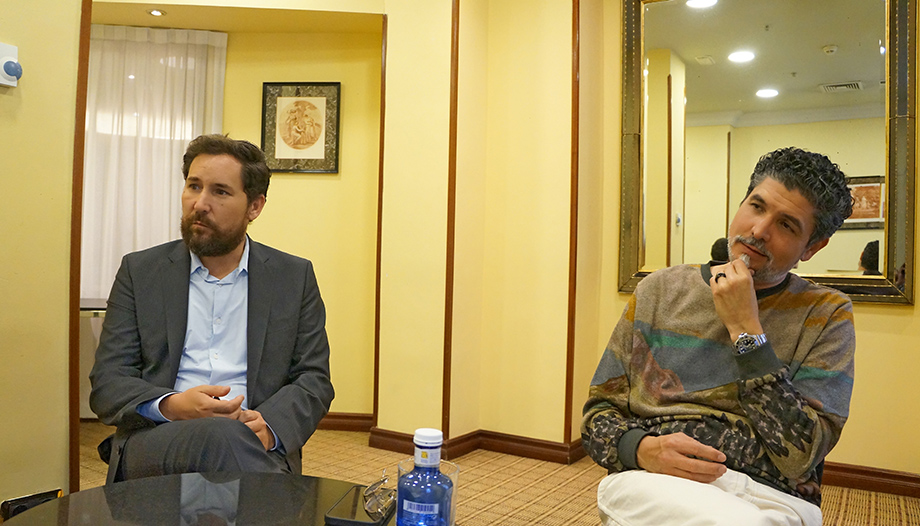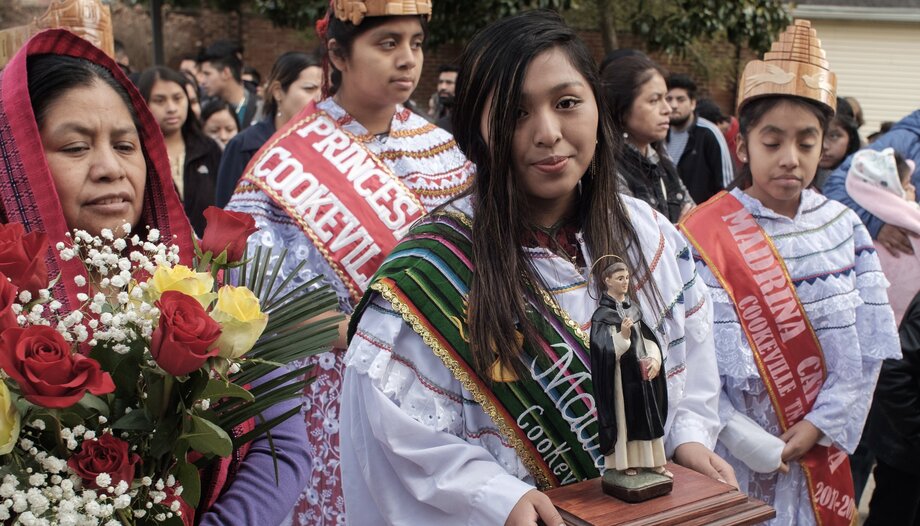Like a Saint Paul after his conversion to Christianity, Charles Péguy was a suspicious man for both the socialist camp and the Catholic Church in France at the time, who, despite the differences in one or the other case, were able to see in him an excellent poet and thinker.
The Nobel Prize winner in Literature Romain Rolland, for example, asserted after reading some of his works: "After Péguy I cannot read anything else, how empty the greatest of today sound compared to him! Spiritually I am at the opposite pole, but I admire him unreservedly."and the novelist Alain-Fournier praises it as follows: "It is simply marvelous [...]. I know what I am saying when I say that, after Dostoyevsky, there has been no man of God so brilliant.".
His overwhelming personality led the prestigious Catholic theologian Hans Urs von Balthasar to include him in Volume 3,"Lay styles"from his masterpiece GloriaHe is considered one of the greatest exponents of the theological aesthetics of all times: "...".Aesthetics and ethics", -he explains, "are for Péguy identical in substance, and they are so by virtue of the incarnation of God in Christ: the spiritual must become flesh, the invisible must show itself in form". In this way, Péguy himself had written: "The supernatural is at once carnal / And the tree of grace takes root in the deep / And penetrates the ground and searches to the bottom. And the tree of race is also eternal, / And eternity itself is in the temporal [...] / And time itself is a timeless time.".
The "mysteries" of Péguy
As a poet he is known mainly for his "mysteries": The mystery of Joan of Arc's charity (reworking of a previous work), The portico of the mystery of the second virtue y The mystery of the holy innocentswhich constitute in themselves a single text and which, in fact, in Spain, have been published in a single volume. The three should be the first incursion into his work. According to Javier del Prado Biezma, a scholar of Péguy, these collections of poems are based on the essentiality of Western man.
In a generic sense, any "mystery" has its most vivid reference in the Middle Ages and is a type of religious drama that was represented in the three porticoes of medieval cathedrals, bringing to the stage passages from the Holy Scriptures, mainly around the figure of Jesus Christ, the Virgin or the saints, but also theological issues embodied in abstract elements. In the case of these plays by Péguy, the main portico is occupied by the theological virtue of hope, and the side ones by faith and charity respectively. (In Spain we have two examples of this dramatic subgenre in the (fragment of the) The Three Wise Men's car (12th century) and in the Mystery of Elchewhich is still being performed).
Perspectivist Kaleidoscope
When one begins to read the "mysteries", one discovers that the author constantly returns to the same motifs, repeats the same words, as if we were faced with a screwed nut that does not allow us to advance in its course, hence this literary incursion requires from the reader a certain expertise and complicity to carry out its reading until the end. It is a warning for those who want to undertake it. Thus, starting from three characters: Jeannette, Hauviette and Madame Gervaise (the latter incarnates God himself), who carry the prophetic voices in the three "mysteries", Péguy allows himself to develop all his theological-poetic thought with the desire to guide man's life to foster the virtue of hope. To this end, he starts from the idea that the three virtues are God's creatures: "Faith is a faithful Wife / Charity is a mother [...] or an older sister who is like a mother [...]" y "Hope is a little girl out of nothing.". With this support, Péguy makes use of catechetical texts of the question-answer type: "The priest minister of God says: / What are the theological virtues? / The child answers:/ The three theological virtues are Faith, Hope and Charity. -Why are Faith, Hope and Charity called theological virtues? Faith, Hope and Charity are called theological virtues because they refer directly to God."At the same time, he literally incorporates passages from the Gospels or the Old Testament, or prayers from popular piety or Latin phrases. A whole pastiche, if I may put it that way, with which he creates a perspectival kaleidoscope, a fundamental feature of his literary style, something that, with the passage of time, will also be seen in other poets, as is the case of T. S. Eliot, author of The wasteland.
Christian hope
In the construction of the cathedral building of the virtues, hope pulls its older sisters, hence it occupies the central space and is seen as a symbol of the future: "What would one do, what would one be, my God, without children. What would one become"writes Péguy. And he continues: "And her two older sisters know well that without her they would only be servants for a day.". Characteristics of this virtue are: (1) It is God's favorite virtue: "The faith I like best, says God, is hope."In fact, Péguy asks himself, why is there more joy in heaven over one sinner who is converted than over a hundred just persons? And he answers: because God sees his hope fulfilled; his comes before we do. (2) This second virtue is constantly renewed as it is more spirited than any negative experience, to the point that it surprises God himself. (3) It is the one that the Creator appreciates most in human beings, being the most difficult to practice, "the most difficult of all.the only difficult one [...]. To hope, my daughter, it is necessary to be truly happy, it is necessary to have obtained, to have received a great grace". (4) To assimilate it and give it its importance, it is necessary to look at children, who are "the very commandment of hope". Finally, (5) has no intention or content of its own: it is rather a style and a method, which coincide with that of childhood, where the instant is lived in fullness.
Covering Péguy's poetry
When one delves into the development of these considerations, one discovers the validity and depth of Péguy's poetry; a timeless poetry that intertwines the virtue of hope not only with the other two but also with the concepts of grace and nature, with the sense of sin, with the figure of Jesus Christ, with that of the Virgin Mary: "Literally." -he writes, "the first after God. After the Creator [...] / That which is found descending, no sooner is it descended from God, / In the celestial hierarchy", with that of her husband St. Joseph, with that of the rest of the saints and, of course, with that of the earthly and sinful man, whom God awaits: "....God, who is everything, has had something to expect, from him, from that sinner. From that nothingness. From us". A poetry that is never fully discovered and that always points to the interrelationship between the human and the divine, to "that the eternal not lack the temporal", for which: "As the faithful pass from hand to hand the holy water, / So we the faithful must pass from heart to heart the word of God, / We must pass from hand to hand, from heart to heart the divine / Hope.".




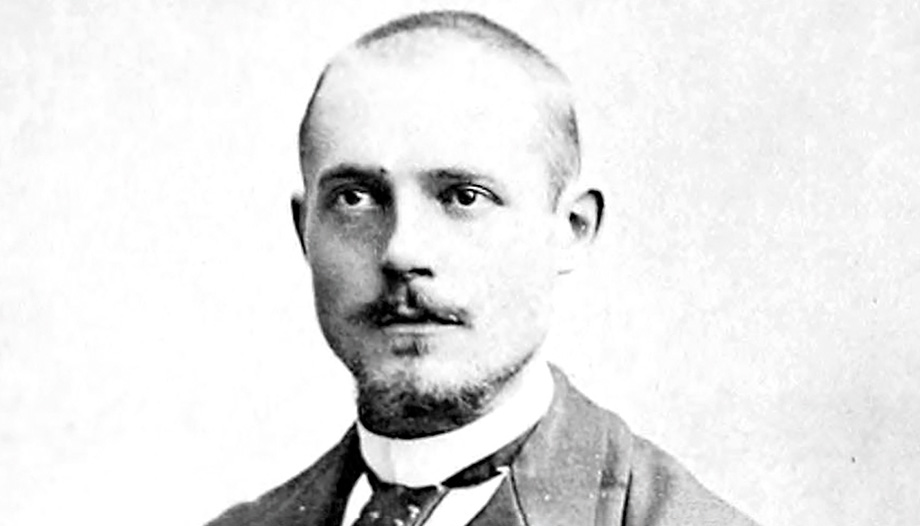
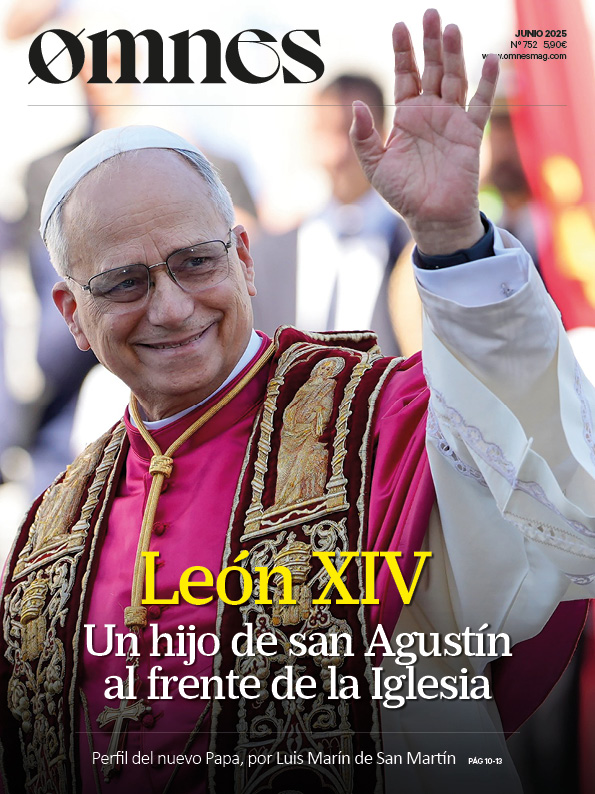


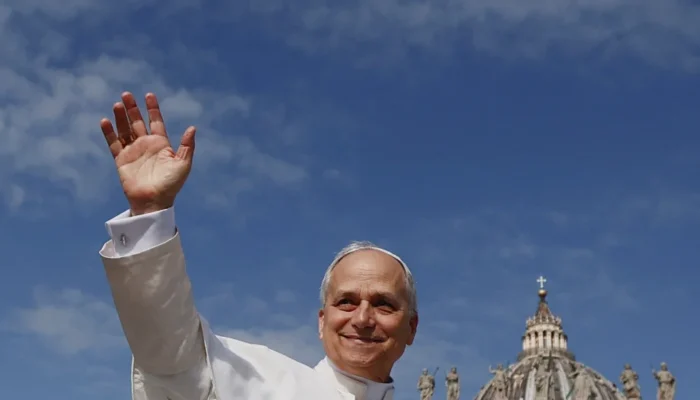
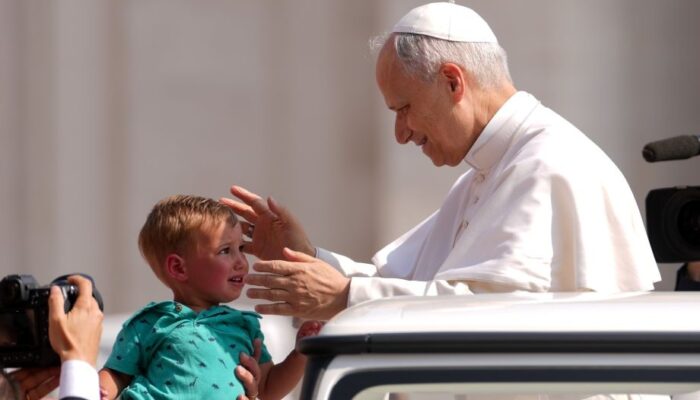
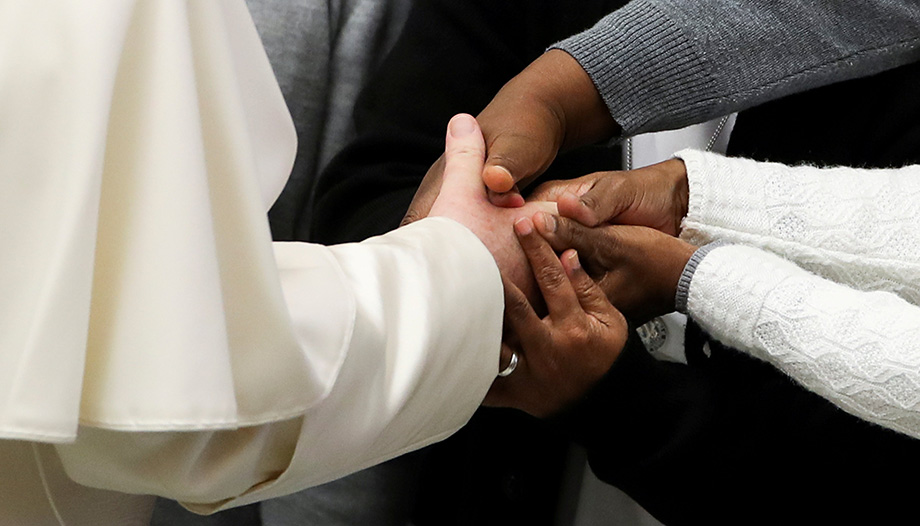
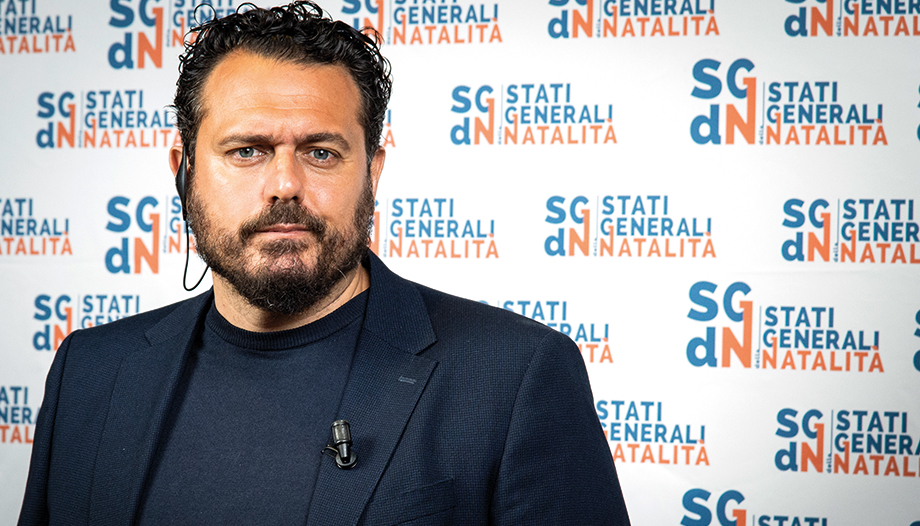
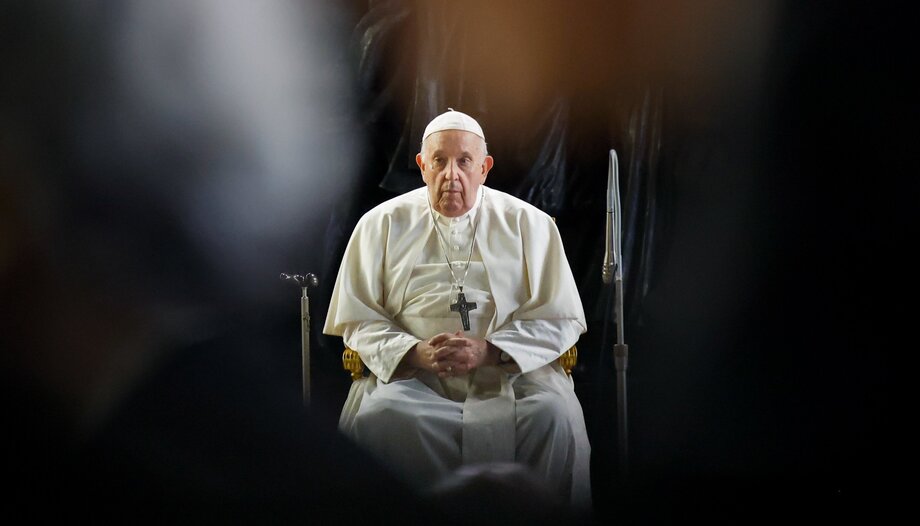
 The religious configuration in Palestine and Israel. A puzzle of confessions
The religious configuration in Palestine and Israel. A puzzle of confessions
